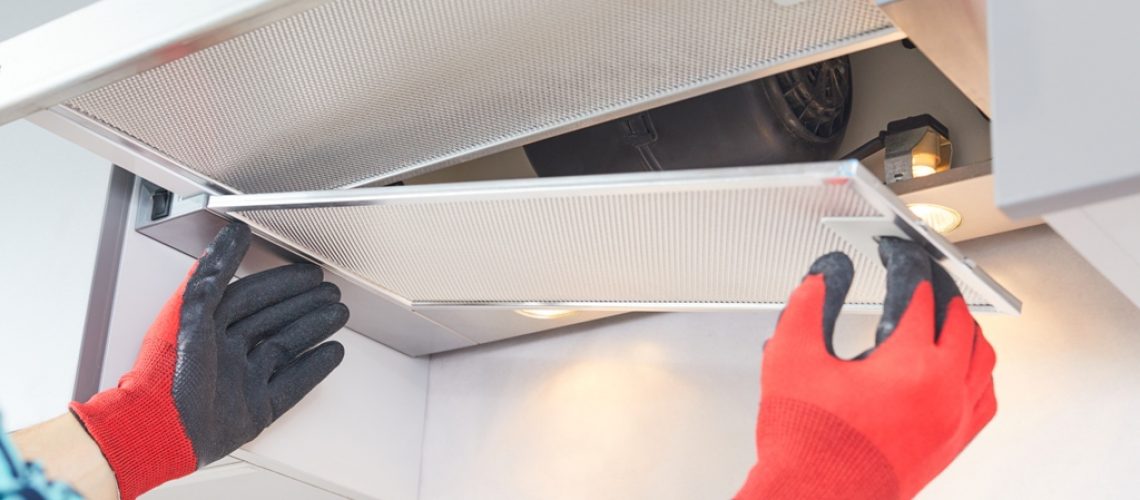The HVAC system works extra hard during the summer, and there are do-it-yourself troubleshooting tips that you can try to save time and cost.
Check out these typical issues and how you can do some basic HVAC troubleshooting on them.
My AC is not turning on
There could be many reasons why your AC system is not turning on. However, the most common problems in this scenario may be a broken circuit breaker, a faulty thermostat, or simply that the internal switch is turned off.
What you can do:
- Check if the AC is getting enough power from the electrical panel.
- Replace the broken breaker or fuse.
- Check your thermostat setting and set it to cool, not off or heat.
- Look at the overflow tray in your AC to check for condensation. Get rid of the excess water.
- If it’s not turning on, maybe the issue is as simple as the machine isn’t in an on position. Make sure that you check all the switches and set them in on position.
MY AC is on, but it’s not cooling my home
In some cases, even when your AC is turned on and in full blast, you’re still not getting that cool air in your home. This may be due to a blocked airflow – it might be the filter, compressor, or the register. Another reason may be the refrigerant. If y our refrigerant is not at its average level, then your AC system will not produce that cool air and reduce the humidity in the air.
What you can do:
- Don’t forget to check your thermostat and see if it’s in good condition.
- Check your condenser if it’s blocked and if it needs cleaning.
- If you haven’t changed your filters yet, then maybe it’s high time to do so.
- Check if there is ice on the coils. If you see some formed ice, turn on the fan to melt them.
- Also, check for the outdoor compressor.
I have poor air circulation in my home
The poor air circulation in your home may be caused by a dirty air filter or blocked ductwork. This may also be due to blocked or disconnected ductwork.
What you can do:
- Check your filters for dirt. Replace your air filter if cleaning is not possible.
- Inspect the ductwork and check if there’s a disconnection. Repair as needed. Make sure to call in the help of the professionals if you’re not familiar with how to do this.
The key is not to panic when your HVAC system isn’t working like it’s designed to. There are my reasons that you can consider and places to check to do the basic HVAC troubleshooting. Here are more tips for you.
Check your air filter
It’s almost a standard procedure for home and property owners to call in experienced techs when their cooling system is malfunctioning. This isn’t always necessary. Most irregularities can be solved with these additional tips for HVAC troubleshooting by simply checking your air filter. A clogged or dirty filter impacts the air quality of your home and affects the performance of your heating and cooling unit. So, put that phone down first. Don’t call for help right away before you check your air filters! Remember to change your filters regularly.
Check your circuit breakers or the wires
The problem may be your circuit breaker, and it may be turned off or broken. Make sure to check your breakers. Another reason may be the wires too. Some HVAC systems are compromised because weeds disrupt their wires. When taking care of the weeds, you should take extra caution. Make sure that you’re fixing the problem and not adding to it by causing clipped wires.
Proper maintenance plays a big role in ensuring that your HVAC system continues to function at its peak condition. It’s also an effective and practical way to avoid issues and needless expenses on repair and replacement in the future. Knowledge will save you the trouble of calling the help of professionals when you can just do the HVAC troubleshooting on your own.
However, if the issues aren’t resolved even with these tips, it’s a good time to seek the help of HVAC professionals.
